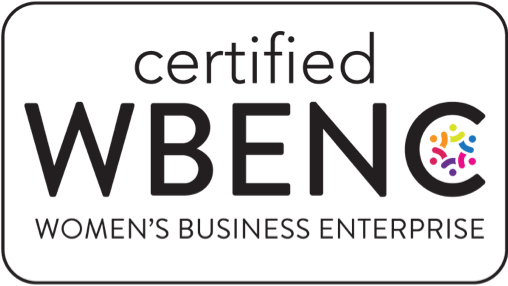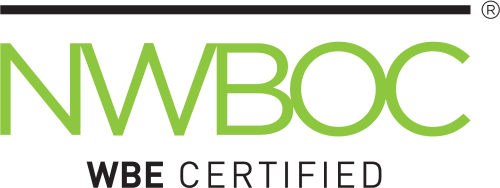Article
5 strategies to build workforce resilience

Related services and insights
Business resilienceRecession readiness: The case for looking beyond cost cutting
Disruptions and uncertainty are around every corner. Organizations are feeling the significant impacts that disruptions can have on their workforce, from quelling fears of an economic downturn, dealing with the tug-of-war between in-person and remote work, or alleviating sustained levels of burnout. In fact, nearly half of the workforce is experiencing worker burnout, with causes including growing workload, staff shortages, and work-life balance.
Ignoring employee anxiety and burnout is a risk to not only individual performance, but also organizational performance and business resilience.
Resilience starts with people. Building their skills. Engaging and supporting them. Empowering them through change. With people being an organization’s best asset, the ability to navigate increasingly complex and voluminous disruptions hinges on building a resilient workforce. Here’s how.
Strategies for building a resilient workforce
1
Optimize workforce capacity to drive greater efficiencies
Navigating through uncertainty often means operating with resource constraints. Companies looking to maximize efficiencies can begin by conducting targeted workforce assessments. Once leaders assess the current workload versus total capacity, they can use real-time data to identify gaps and ways to close them through skill development, process redesign, work reallocation, and cross-training. Because the future is uncertain, leaders should proactively model multiple capacity scenarios to forecast potential impacts and determine required actions.
2
Build the future workforce with the right investments
Leaders want to be confident in how they direct workforce investments and make the right build-versus-buy decisions. To make sure investments are poised to deliver the highest returns, organizations should engage leaders from across functions in structured, strategic workforce planning exercises. It’s important to answer critical questions such as: How does my future business strategy impact the work that needs to be done? What skill and role investments do we need to accomplish this new work? This is an opportunity to redefine the talent needed now and in the future. The goal is to reallocate talent thoughtfully to fill talent gaps and help reduce workload burden.
3
Be transparent in communications to reduce anxiety
Uncertainty increases anxiety among the workforce. During the pandemic, our research on employee confidence in organizational leadership found that less than a third (29%) of employees were confident in the leadership of their organization, and only 20% felt that their organization fostered the collaboration needed to manage through the pandemic. To build trust, leaders should prioritize clear and intentional employee communications across all levels of management and channels. Employees want to hear about what the business is expecting and what actions are being considered. They need to know that the organization is resilient enough to manage through adversity. Sharing this information can help to reduce people’s anxiety and negative impacts that can ripple across the organization.
4
Get creative with retention strategies
Building a resilient workforce requires organizations to retain their people amid disruption and a competitive job market. When budgets are tight, it’s critical to use creative ways to ensure employees feel valued and incentivized to stay. For example, companies can create an internal talent marketplace, which opens new career pathways. Our research on internal mobility programs shows that 54% of employees believe they have better job opportunities inside their current organizations than outside of it, however this potential is untapped. Only 23% have been able to move into a new internal role. To support inside talent, it is important to connect with employees around their long-term goals, actively promote networking, and remove barriers to transitioning roles.
5
Champion a strong purpose to motivate employees to go above and beyond
While relationships and culture matter to employees, our research on employee connection reveals that they ultimately want to feel a sense of purpose and connection to their work. Sixty percent of U.S. employees say that feeling connected to work has the greatest impact on their ability to do their job, compared to feeling connected to people or to their organizational culture. Given this finding—and constantly shifting market and customer landscapes—leaders should assess whether their organizational purpose is still relevant and inspiring for employees. This requires an objective look at what the organization is doing to foster and improve employee connection and asking employees what they need to feel connected. Organizations can boost workforce resilience by strongly articulating why the organization exists and the impact it wants to make for customers and other stakeholders.

